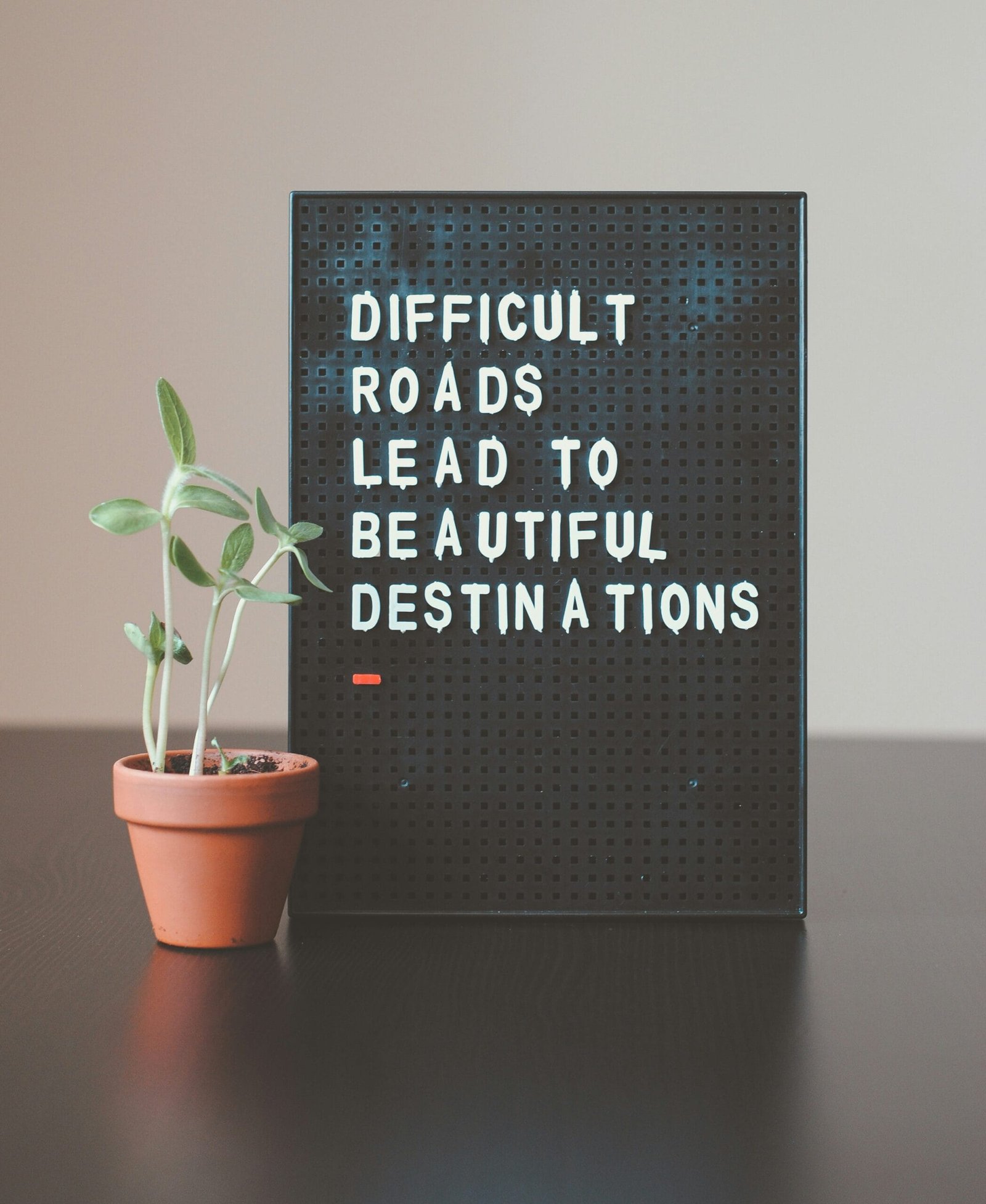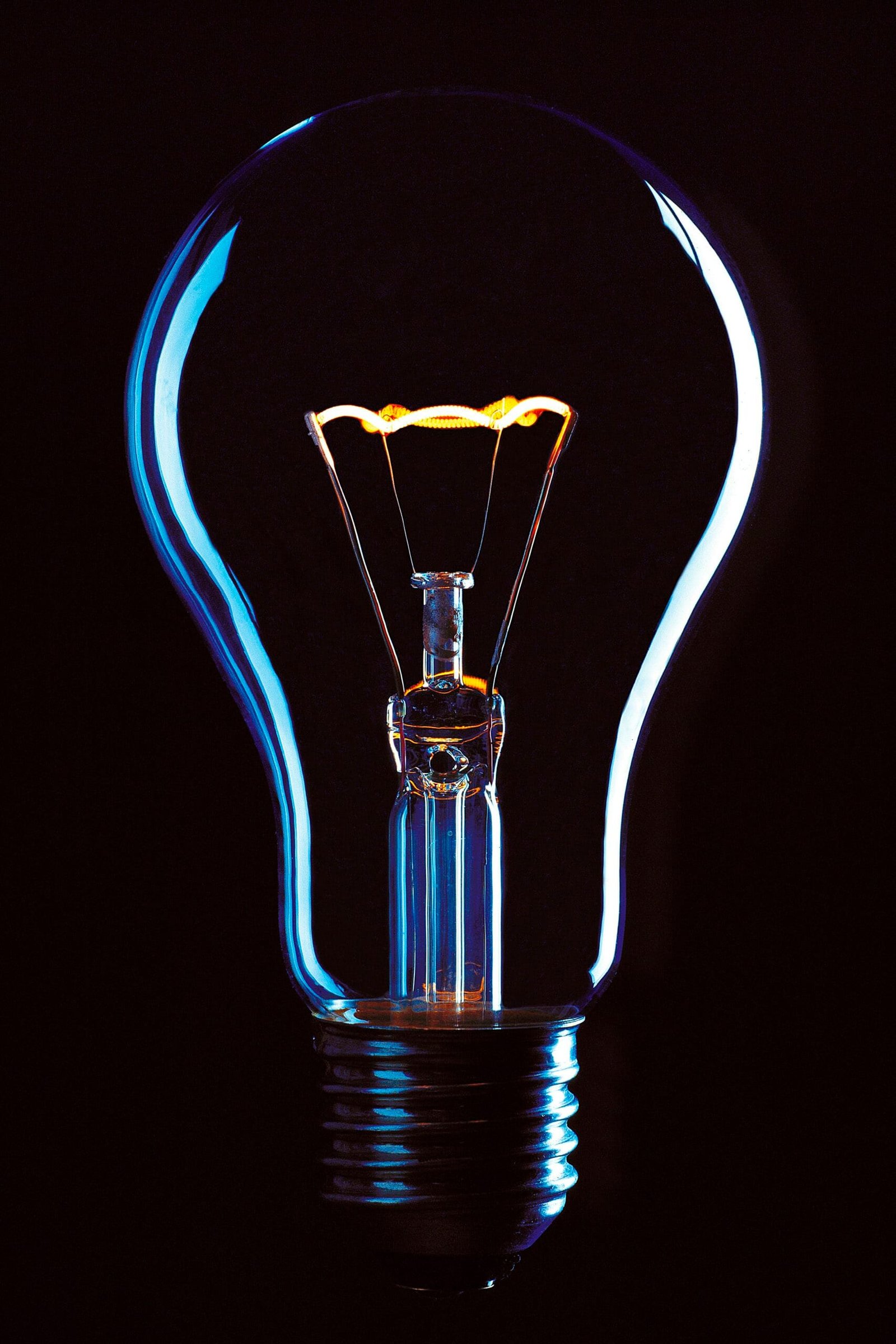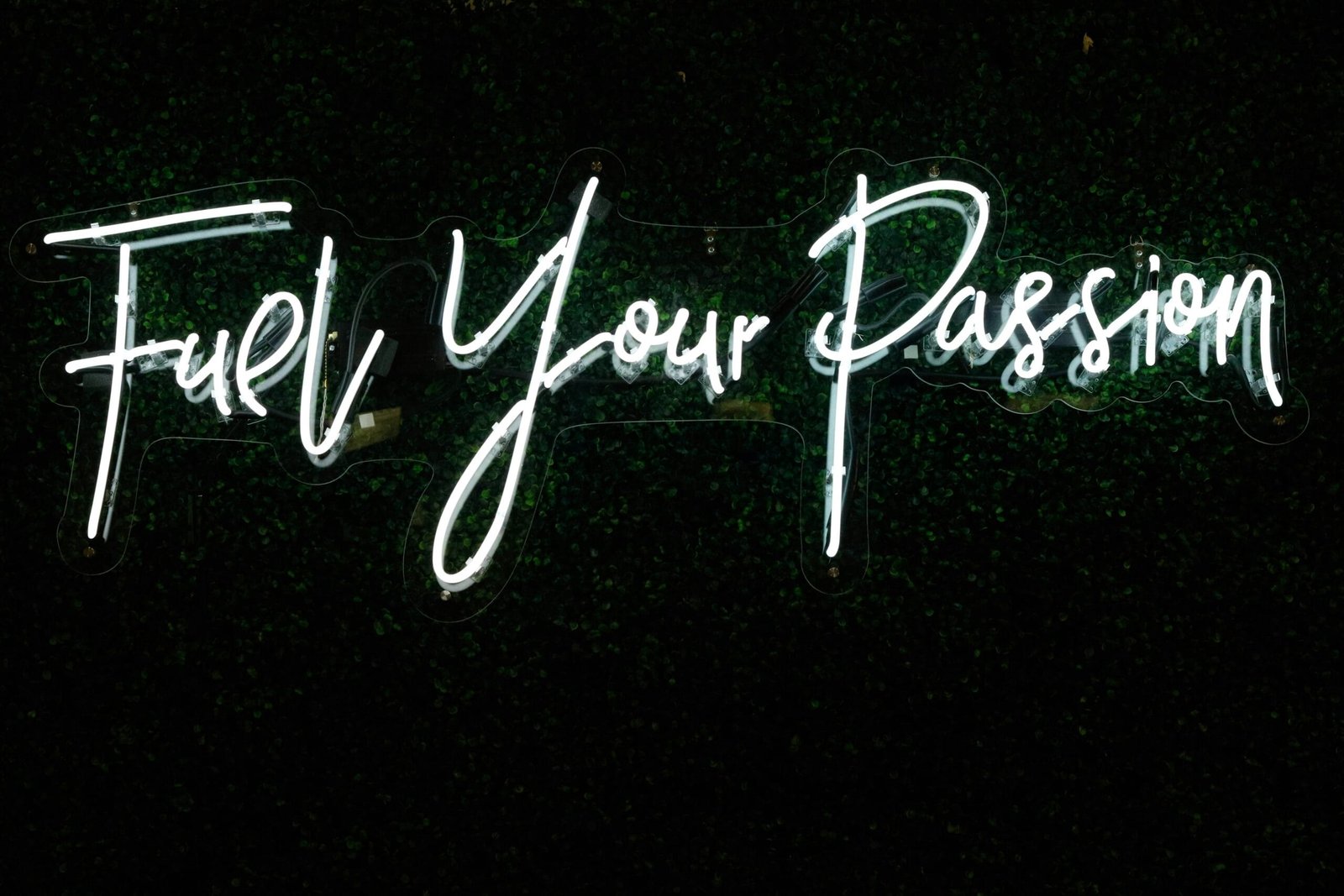Are you finding it hard to get inspired because client work feels repetitive?

How Do I Find Inspiration When Client Work Feels Repetitive?
You’re not alone if the same types of briefs, feedback loops, and deliverables are making your work feel monotonous. This article gives you practical, friendly strategies you can use right away to refresh your process, boost creativity, and reclaim enjoyment from client projects.
Why repetition drains creativity
When you do similar tasks repeatedly, your brain defaults to familiar patterns because they’re efficient and safe. That comfort can short-circuit the small risks and experiments that usually generate inspiration.
How to spot when repetition is really the problem
Sometimes fatigue, not repetition, is the real issue, and other times the work actually lacks challenge. You can tell repetition is the cause when you find yourself producing predictable solutions, ticking boxes rather than asking questions, and craving novelty during the workday.
Reframe repetition as a creative constraint
If you view constraints as limitations, they will feel stifling; if you view them as structure, they become a launchpad. Reframing repetition as a constraint helps you search for variation inside the rules rather than wishing the rules away.
Practical ways to reframe constraints
You can set mini-challenges within each brief, such as using three fewer words, one unexpected color, or a different storytelling angle. These small adjustments force novelty while still honoring the client’s requirements.
Audit your client work to find patterns and pockets of freedom
Perform a short audit of recent projects to identify recurring elements and places where you exercised choice. You’ll often find small pockets where clients are flexible — and those are the places you can inject inspiration.
How to conduct a quick work audit
Pick 6–8 recent projects and note the brief, constraints, decisions you made, and the parts you enjoyed. Look for themes: repeated request types, frequent brand language, standard deliverable structures, and moments you felt most engaged.
Inject variety into your process, not just your output
Changing how you work often yields more creative energy than changing what you deliver. Swapping tools, rearranging your day, or adopting a new way to brainstorm can make your habitual tasks feel fresh.
Process changes you can try immediately
Try time-boxed sprints, a different brainstorming order, pairing with someone outside your discipline, or using a physical whiteboard instead of a digital one. These changes shift mental context and invite different ideas to surface.
Build tiny experiments into each project
You don’t need permission to experiment; you need a low-risk habit that produces new approaches. Build a “one small experiment” rule into every project so you test alternatives without affecting the main deliverable.
Examples of tiny experiments
Add a single hero image with an unexpected composition, try an alternative headline formula, prototype a motion treatment for static assets, or test a new user flow on a landing page. Keep the experiment limited and observable.
Use deliberate constraints to spark creativity
Constraints can make your mind search for solutions you wouldn’t otherwise consider. Limiting palette, typefaces, or time can push you into creative combinations.
Constraint ideas that consistently work
Try 10-minute design challenges, a two-color limit, or a headline made from only words pulled from the client’s latest blog. These tactics force resourcefulness and often lead to surprising outcomes.
Refresh your brief-reading ritual
How you read a brief affects the ideas you generate. If you rush through briefs, you miss opportunities to reinterpret problems in more interesting ways.
A simple brief ritual to boost ideas
Read the brief twice: once for facts, once for opportunities. Then write a one-sentence “contrarian brief” that intentionally reframes the problem. This creates permission to explore different solutions.
Structure creative warm-ups and daily habits
Creativity benefits from both rare epiphanies and steady practice. Establish short daily routines that prime your brain to notice novelty so inspiration arrives more often.
Daily warm-ups you can do in 10–20 minutes
Do a “visual mismatch” exercise (combine two unrelated images for a concept), write a 150-word micro-story, or sketch ten tiny thumbnails for a project unrelated to current work. Habitual play keeps your creative muscles active.

Pull inspiration from outside your niche
Stagnation often comes from feeding your brain the same inputs. Intentionally consume content from different industries, cultures, and creative fields to generate unexpected connections.
Where to look for outside inspiration
Look at architecture for layouts, theater for pacing, cookbooks for pairing flavors (metaphorically), and scientific visualizations for data presentation ideas. Cross-pollination is a powerful creativity multiplier.
Maintain a “scrapbook” of surprising ideas
Keep a running collection of images, phrases, interfaces, and moments that spark curiosity. This repository becomes a go-to when you need a kickstart.
How to keep and use a creative scrapbook
Use a simple tool like a notes app, folder, or bookmarking service. Tag entries by mood, visual style, or applicable deliverable so you can filter quickly when you need a fresh angle.
Use frameworks to structure novelty without losing productivity
Frameworks give you guardrails and permission to innovate within a known shape. They stop freedom from becoming paralysis.
Useful frameworks to try
Try SCAMPER (Substitute, Combine, Adapt, Modify, Put to other uses, Eliminate, Rearrange), the “How Might We” question series, and storyboarding. These approaches encourage systematic creativity while keeping you efficient.
Make time for deep work and shallow work deliberately
Repetitive work often becomes dull because you only do surface-level tasks. Alternating focused deep work with shorter tactical tasks helps you generate richer ideas.
Scheduling tips to balance deep and shallow work
Block two or three hours of deep creative time when you’re most alert, then reserve late afternoon for emails and smaller deliverables. Protect your deep sessions like client deadlines.

Collaborate intentionally to spark new perspectives
You don’t need to work alone for inspiration to return. Partnering with another creative person or someone outside the client’s industry can introduce new lenses and ideas.
Ways to collaborate without slowing delivery
Schedule a 30-minute “fresh eyes” session where someone unfamiliar with the project critiques and suggests changes. Use a rotating “idea partner” system so you get a variety of inputs over time.
Create a “mini passion project” parallel to client work
You need a place where you can break rules entirely and play. A small, ongoing side project nurtures playfulness and makes your client work feel less like the only outlet for creativity.
Guidelines for a sustainable passion project
Keep it small, time-boxed, and self-contained. Aim for weekly or monthly milestones so it feeds your creativity without draining energy from paid work.
Use emotional and narrative reframing techniques
Repetition often kills excitement because you lose the story behind the work. Framing client tasks with a compelling narrative can help you care again.
Narrative reframing exercises
Create a backstory for the brand or a day-in-the-life of a fictional customer. Turn deliverables into chapters of a brand story to make each piece feel purposeful and new.
Learn to ask better questions of clients
Often the briefs are repetitive because clients ask for the same outputs without thinking about the underlying problem. By asking different questions, you can open new directions for work.
Questions to ask that reveal opportunity
Ask about the client’s measured goals, the behaviors they want to change, what success looked like in past experiments, and what would surprise their customers. These questions shift the conversation from deliverables to outcomes.

Build small ritual breaks that reset your perspective
When monotony sets in, a deliberate pause can reset your mental state. Rituals create a psychological signal that it’s time to refresh.
Simple rituals that help you reset
Go for a 10-minute walk with no phone, try a short guided creativity meditation, or rearrange your workspace for five minutes. These tiny signals help your brain transition into a different mode.
When repetitive work is actually a signal to change
If you’ve tried many strategies and your enthusiasm still hasn’t returned, repetition might signal that you need to shift roles, specializations, or client types. That’s okay and can be an important career move.
How to evaluate whether it’s time for a change
Track how often you feel inspired and how long that feeling lasts after you try these strategies. If most days feel flat for months, make a plan to change one variable: your clients, your pricing model, or your role.
Quick actionable checklist to regain inspiration (table)
This table gives you fast actions to take right away, with the expected time to execute and the likely impact on your creativity.
| Action | Time required | Likely impact |
|---|---|---|
| Read a brief twice and write a contrarian brief | 10–15 min | Medium — reframes problem |
| 10-minute sketch/thumbnail session | 10 min | High — sparks new visuals |
| One small experiment in each project | 30–60 min | High — creates novelty |
| 30-minute fresh-eyes review with a colleague | 30 min | Medium — new perspective |
| 10-minute inspiration hunt (outside your field) | 10 min | High — cross-pollination |
| Two-hour deep creative block | 2 hours | High — quality ideas |
| Start/continue a 30-minute weekly passion project | 30 min/week | High — sustained motivation |
How to use this checklist
Pick 2–3 actions you can repeat weekly and track the effect on your energy and output. Consistent small habits compound into bigger creative changes.
Tools and resources to accelerate your creative reset
Selecting the right tools can help you get unstuck faster by making experimentation low-friction. Use tools that enable rapid prototyping, idea capture, and visual variation.
Recommended tool categories and examples
Use quick prototyping tools (Figma, Canva), idea-capture systems (Notion, Evernote), visual bookmarking (Pinterest, Raindrop.io), and collaborative whiteboards (Miro, MURAL). Choose tools that fit your workflow and remove friction from testing ideas.

Use templates as a springboard, not a prison
Templates speed up production but can make your work look the same if you don’t vary them intentionally. Treat templates like scaffolding to be tweaked, replaced, or temporarily ignored.
Ways to keep templates fresh
Rotate template elements, keep a “creative tweak” slot for every deliverable, and maintain a backlog of alternative templates you can swap in. Periodically redesign your templates as part of continuous improvement.
Learn from cross-disciplinary case studies
Examining how other fields solve recurring problems can inspire new tactics for clients. You’ll often find fresh metaphors and structural ideas that translate surprisingly well.
Example case study types to study
Look at how newsrooms manage editorial templates, how product teams run A/B tests, or how restaurants create seasonal menus. Extract the principle (e.g., modularity, iteration, surprise) and apply it to client deliverables.
Build a “variation matrix” for your deliverables
A variation matrix helps you systematically create distinct versions of a deliverable so you’re not reinventing the same thing every time. This approach makes novelty intentional and repeatable.
How to create a variation matrix
List deliverable components (headline, hero image, CTA, layout, tone) across the top and variation strategies down the left. Fill the grid with specific options so you can generate combinations quickly and intentionally.
Negotiating creative space with clients
Sometimes the problem is that clients don’t give you room for creative choices. Negotiating for a bit of “creative latitude” can produce better results and keep you interested.
How to request and justify creative space
Present options with clear trade-offs: “We can do A for faster turnaround, B for higher conversion, or C for a more innovative approach that may require a bit more time.” Show how the extra latitude benefits the client’s objectives.
Packaging novelty as measurable experimentation
Clients respond to accountability. Propose small experiments and measure results so the client sees novelty as an investment, not a risk.
How to structure an experiment proposal
Define the hypothesis, the variation, the metric you’ll track, and the timeline. Offer a clear contingency plan and expected outcomes so the client understands the trade-off.
Use gamification to make repetitive tasks fun
Turning repetitive steps into a game can change your emotional relationship with work. Gamification increases engagement and gives you mini-wins throughout the day.
Simple gamification tactics
Score your daily outputs, set a streak for experimenting each day, or time yourself and try to beat previous results while maintaining quality. Reward small wins to reinforce the habit.
Keep an inspiration-to-action pipeline
Having inspiration without a plan is frustrating. Build a pipeline that moves ideas from capture to prototype quickly, so sparks turn into something tangible.
Pipeline steps you can implement
Capture ideas, tag and prioritize, schedule short experiments, and review results. Keep the loop tight so inspiration turns into learning rather than just clutter.
Emotional care: avoid burnout masquerading as boredom
Sometimes you’ll mistake fatigue and burnout for creative repetition. Addressing your wellbeing will improve your ability to be inspired.
Signs you should focus on rest instead of tactics
You feel depleted outside of work, your sleep and diet are off, and you dread starting work. If several strategies don’t help, take a real break or seek support.
When repetition is a competitive advantage
Not all repetition is bad — it can make you deeply efficient and reliable, which clients value. Recognize which repetitive elements are beneficial and which sap your creative energy.
How to balance reliability with creativity
Automate and optimize the repetitive parts you don’t enjoy, and reserve your creative energy for strategic decisions and moments of differentiation. Outsource or delegate tasks that consistently drain you.
Measuring whether your inspiration strategies work
Track both subjective and objective measures to know if your changes are effective. You’ll want metrics for creative satisfaction and performance outcomes.
Suggested metrics to track
Track your weekly enjoyment score (1–10), number of experiments run, client feedback positivity, conversion metrics where applicable, and time to completion. Review quarterly and adjust.
Long-term career strategies if client work remains repetitive
If you consistently find client work uninspiring despite trying many strategies, think about longer-term shifts: specialize, raise prices, change client type, or move into product work.
How to plan a gradual transition
Map the skills you need, set a timeline, build a portfolio that shows your desired direction, and start pitching slightly different projects to your network. Small steps compound into a career pivot.
Example routines from creatives who maintain inspiration
Real routines help you model what works. The following are condensed examples you can adapt to your preferences and schedule.
Sample routine 1: The morning creator
Start with a 20-minute warm-up, two hours deep work, a midday physical break, a 60-minute client-focused block, and a 30-minute creative play session. This splits your day into purpose-driven chunks and keeps novelty alive.
Sample routine 2: The iterative tester
Begin with a quick inbox triage, a 45-minute experiment, client work with built-in “tweak slots,” and a 30-minute end-of-day review. The experiment-first approach keeps your creative momentum active.
Quick inspiration prompts by discipline (table)
Use these prompts when you’re stuck and need a specific idea to get started. Pick one and adapt it to the client brief.
| Discipline | Prompt 1 | Prompt 2 | Prompt 3 |
|---|---|---|---|
| Visual design | Replace the main photo with a bold illustration | Use only geometric shapes for the layout | Design with a limited five-word headline |
| Copywriting | Start with a counterintuitive statement | Tell the story as if it’s a review | Write a letter to the customer from the product |
| UX / Product | Remove one feature and re-prioritize the flow | Design onboarding as a one-minute story | Prototype a micro-commitment to increase engagement |
| Social media | Create a behind-the-scenes mini-series | Reformat a blog post as an interactive poll | Make a “then vs now” visual comparison |
| Marketing strategy | Test a niche micro-audience with a small budget | Run a two-week creative test campaign | Swap the main CTA to a curiosity-based ask |
How to use these prompts
Pick a prompt that feels a bit uncomfortable, time-box it, and test the result against your main option. The goal is to create alternatives you can present confidently.
Final checklist before you start a new client project
Before you accept or begin a new client brief, run a quick checklist to prevent repeating stale patterns and to prioritize creativity.
Pre-project checklist
- Read the brief twice and reframe the problem.
- Identify one place for a small experiment.
- Schedule a protected deep-work block.
- Decide on collaboration checkpoints.
- Add the project to your variation matrix.
Conclusion
You can find inspiration even when client work feels repetitive by changing how you approach problems, by building small, consistent experiments into your workflow, and by protecting time for deep creative thinking. Try several of the tactics above, track what improves your enjoyment and outcomes, and be willing to adjust your clients, tools, or routines until you rediscover the spark that makes work feel meaningful again.
If you’d like, tell me what kind of client work feels repetitive for you and I’ll suggest specific experiments and prompts tailored to your situation.
